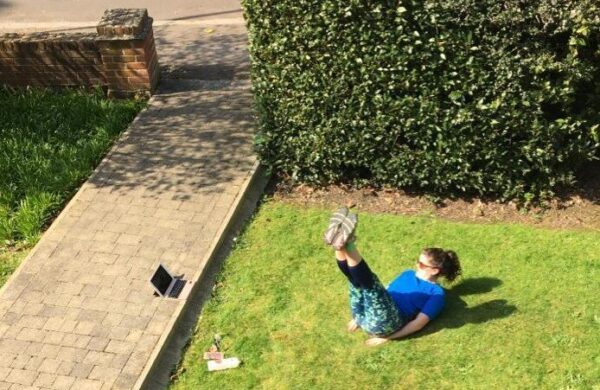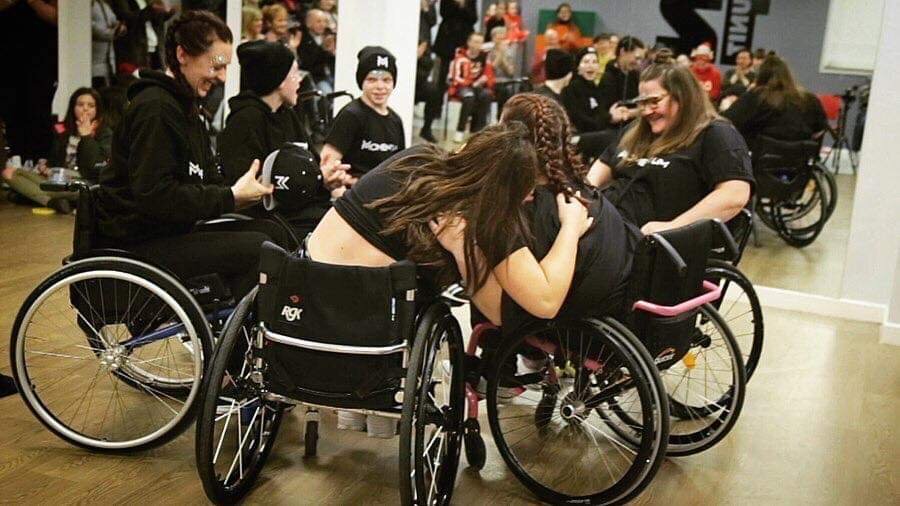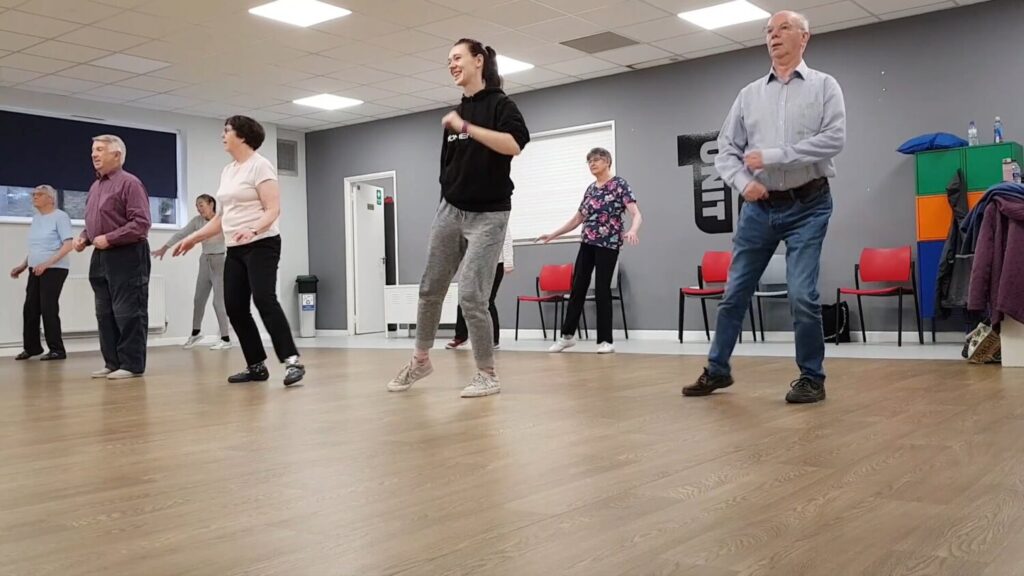
Maintaining club engagement during COVID-19
Atlas Fitness on maintaining community spirit during COVID-19.
Date: 25 June 2020 Author: Energise Me
“Sorry I was on mute”, “Is everyone here”, “No you go ahead, you talk”. By now we have all adapted to the many quirks of virtual life. But when your whole organisation is built around accessibility, how do you adapt for your audience?

Move Momentum is a local charity based in Winchester that aims to make dance accessible to everyone. We started out trying to make dance accessible to disadvantaged children. We have grown to also offer Gems classes for over 65’s and Liberate Dance for wheelchair users.
I knew it was important to give them the normality of our classes to support their well-being. Our classes aren’t just about dance. They are equally about the people.
When lockdown started and I had to choose what to do there was never any question about it. I knew that our support network was incredibly important to our members and we needed to keep it going.
Being physically active is good for both your physical and mental well-being. Most of our members are those who would be considered vulnerable and at risk during this time. So, I knew it was important to give them the normality of our classes to support their well-being. Our classes aren’t just about dance. They are equally about the people and the support network we’ve built.
One of the many hurdles we had to face when switching to virtual was that some of our members were not as comfortable with technology as others. Our members were keen to still be able to attend classes but unsure how to virtually do so.
I chose to use Zoom to host our classes as it allowed us to invite our members to the classes without them having to create an account or anything. They just needed to click the link. I opted for the paid version of Zoom so that we would have as long as we needed for every session. Most sessions were an hour or longer. Also this way if someone has technical difficulties and we need to spend time fixing or we get sidetracked chatting it doesn’t affect the ability to still have the full-time session.
Before the first virtual Gems class, I let all the members know that they could call me in the hour before first class to help make sure they were set up okay and knew what they needed to do to join. A few of them did. I also made my own Zoom YouTube tutorials, which I emailed our members a link to. I think that the videos being from someone they knew, using a voice they were familiar with helped them to feel more comfortable and understand. Out of 14 members who normally attend our Gem’s sessions we have managed to get 8 of them online.

One of the main things I have realised is that not everyone has technology with a camera. On one of our early sessions we had a member join on their laptop, but we could not see or hear them. It turned out their laptop didn’t have a camera on it. They were able to join the next week through an ipad but it made me think.
I also have one member who struggles with her audio every week. Out of all the sessions they have attended we’ve managed to get their audio working once. They always join on a phone which is slightly more complicated as you have to click a pop up to accept using audio. As the issue kept happening, I now call her on my mobile during the session so that we can still hear each other. This way she can be properly part of the class.
Although Zoom is great and seems to have worked for most of our users, I knew that it wouldn’t be right for everyone. Because of this we have also been uploading the classes to YouTube and doing some Facebook Lives. The YouTube videos have helped keep our current members busy. They can use them to practice in their own time in between sessions. They have also helped us naturally grow our audience as they give something that can be shared. We’ve seen our audience grow over the lockdown period. I think it has really helped that our classes are shared naturally by members of the public and other organisations.
We decided to also do Facebook Live classes so that we could cover as many avenues as possible and help as many people as we could. The more we can put out there in different forms the bigger range of people we can reach and help. I think that Facebook Live gives people who might be anxious about joining a zoom classes, and being seen by the instructor and everyone else, the chance to still join a live class. The only downside we have had to using Facebook and YouTube is that it’s hard to tell how well the sessions have gone. You can see views and likes but don’t know if people have actually taken part in the class unless they leave a comment.
I think the classes and group are really supporting building confidence for people with disabilities
Adapting our wheelchair users Liberate class has been a huge success. 7 out of our 12 existing members have attended online sessions and we have also had 10 new participants. Some of whom are international!
When we switched to online, Vickie (Liberate Dance Co-founder) and I decided to combine our adult and youth liberate classes to make one longer session. This has helped the classes feel more relaxed and given it a more social feel. When we adapted the liberate class, we decided that to make it more accessible we would allow participants to join the session whenever they were able to. Also making it clear that members could leave whenever they needed and only stay for as much as they would like. This helped both our members with children and those whose health impacts their ability to do the whole session.
The Facebook live videos for this session have had positive feedback. We’ve posted tutorials, challenges and wheelchair workouts and even had some participants produce their own dance videos. We have a Facebook group, which has become an active group with a real community feel with members keen to get involved. I think the classes and group are really supporting building confidence for people with disabilities, with members giving us really positive feedback.
Our online sessions have been a huge success, with our Liberate classes even going international! So we’ve decided we definitely want to keep some form of virtual class when this is all over. I am not sure how this will work yet, and I think we need to invest in some better equipment first. But we have learnt that there is a definite space and need for it.
We have now grown to have a non-local audience that I would like to keep attending. One of our Liberate dancers who has ME shared that she liked online classes as an option as some days she was more tired than others and being in the comfort of her own home meant it was easier to rest in the middle of a session if need be.
Overall, we have really enjoyed going online! It has been a busy but brilliant experience.
For more stories from local providers about how they’ve adapted to COVID-19, visit our support for the sector page.